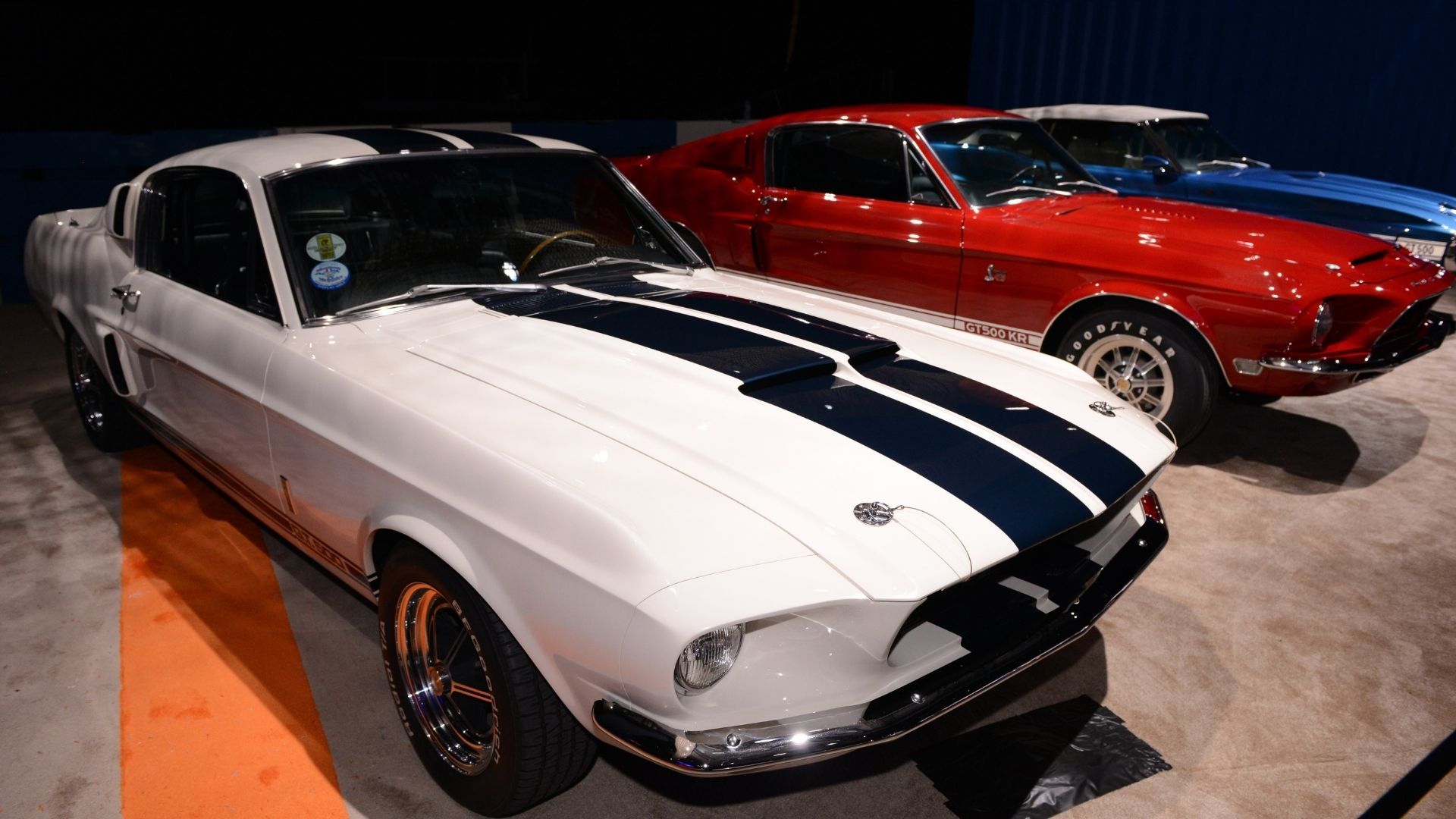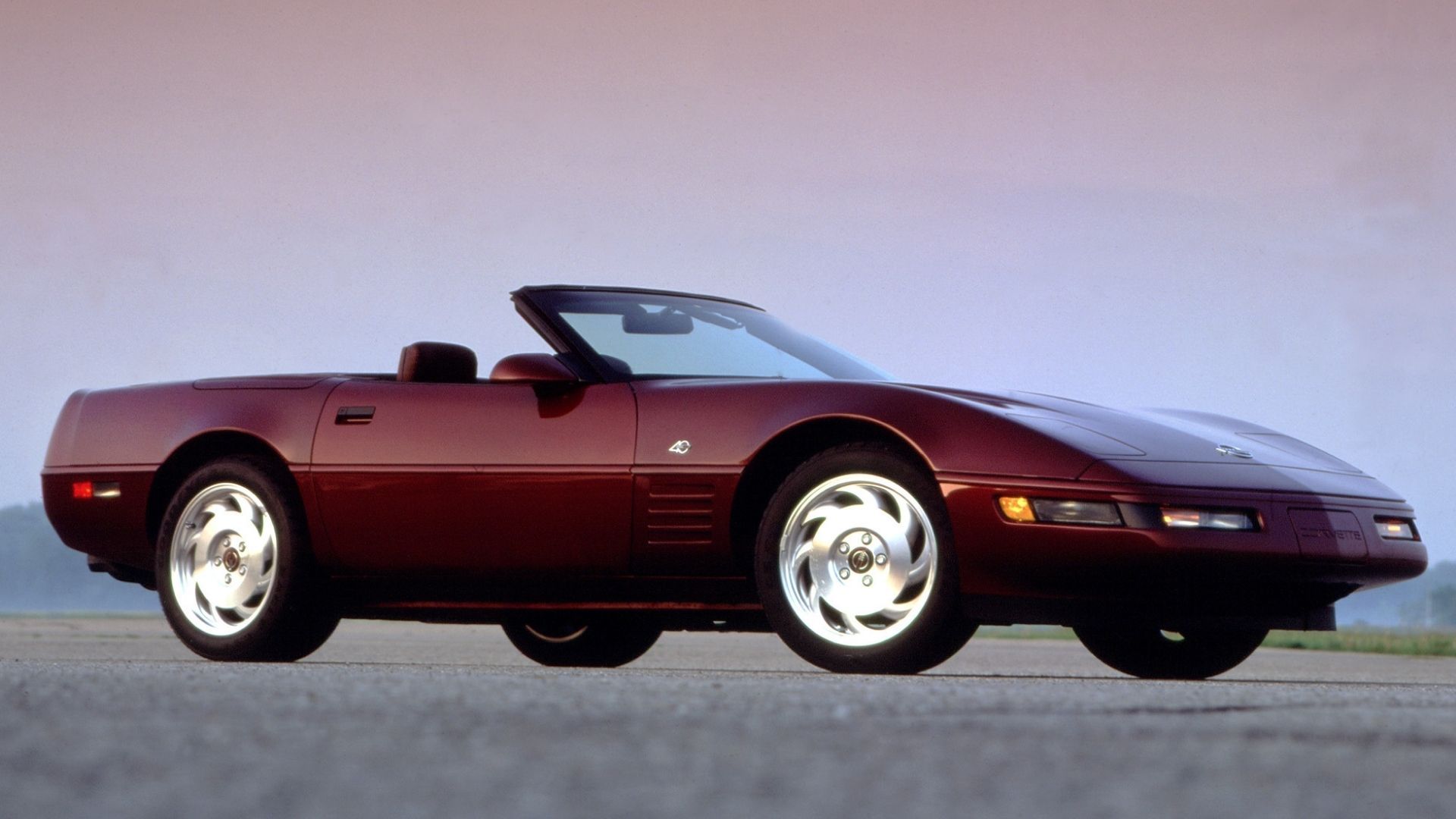A new report details out how and why this is happening…
Thanks to a new market research report from SEMA, we have confirmation of what we already knew: the popularity of restomod cars is on the rise and you can thank younger gearheads for that. Of those classic car businesses surveyed, 62% said they see an increase in restomods. In fact, they said half the work they do on classic vehicles is a restomod project. Driving this trend are gearheads under 45, with 38% of those surveyed in that age range going for a restomod build. That’s in comparison to only 22% of those aged 46 or older.
Don't believe the hype: the younger generations do like classic cars. Find out more here.
We’re sure someone will find something to complain about here. After all, purists don’t like restomods one bit. But the fact is many gearheads, especially the younger ones, are interested in more power, not having to crank an engine repeatedly to get it running, better handling, not dealing with overheating problems, and securing their ride with modern technology, among other things a restomod provides.

For the report, SEMA clarifies that while it’s traditionally defined classic cars as anything made before 1974, many DMVs and insurance companies consider anything 20-25 years-old as a classic, so that definition is used in the report. SEMA concedes that sky-high values for cars from the horsepower wars of the late 60s to the beginning of the 70s means many younger collectors must by necessity look at more modern vehicles. That’s not even close to shocking to us, but others might find that an earth-shattering revelation.
Also not shocking from the report is that younger gearheads are more likely to shop for cars and parts online. They also tend to interact with other enthusiasts on the internet more. We think you could say the same for literally any hobby under the sun.
Breaking the stereotype, the report also concludes younger classic car owners are more likely to DIY repairs or modifications on their vehicle. They often do the work themselves so they learn new skills, which is admirable and should be encouraged. However, they still leave jobs which require advanced skills or specialized tools to the professionals, so they’re not relying on bubble gum and duct tape to hold everything together.

Despite what some may think and say, younger generations do like cars a lot, so the hobby isn’t dying out like you might have heard. It wasn’t that long ago that major publications, including some car sites, were saying Millennials would rather have an Xbox than a classic car, as if they cost even remotely the same amount. Also, what’s considered a classic by younger generations is shifting dramatically, similarly to how a few decades ago there was a shift in which vehicles were classified as classics while the older generations strongly objected. This is a pattern which will be repeated over and over throughout time.
SEMA estimates at least 9.4 million classic cars are operational and registered to drive on public roads right now. That number is lower than what some other organizations estimate, but it does clearly illustrate that classic vehicle ownership and the hobby surrounding it isn’t as fringe as some would like to portray. It also means attempting to ban older cars from public roads won’t be such a popular move.
Another interesting fact which came out in the survey was that 44% of classic car owners say they want to keep their vehicle forever. In other words, they’re not interested in selling the one they own, even if it’s worth a serious amount of cash. And since most people only own one classic car, they likely won’t acquire another but instead will be content with what they have. Most of us barely have room and resources for one hobby vehicle, let alone a whole stable of them.





